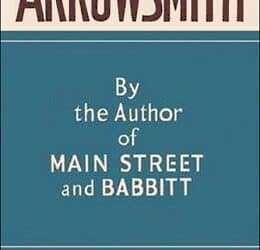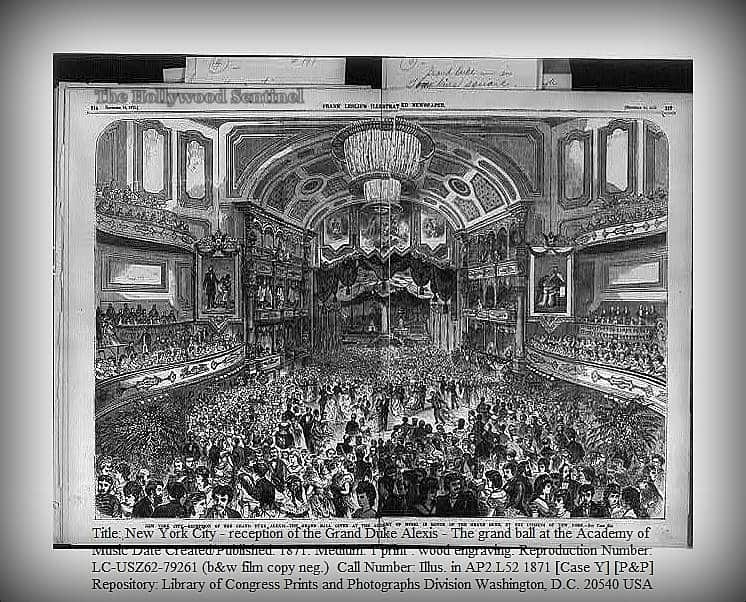Art and literature editor of Hollywood Sentinel, Moira Cue is reviewing, in no particular order, every Pulitzer Prize Winning Novel ever written. An award winning artist, Moira was an undergraduate and graduate student at The School of the Art Institute of Chicago.

At a whopping 879 pages, it will take on average 23 hours to read (at 250 words per minute)—just slightly shorter than the 28.5 hours it would take the same reader to complete the 960 page Gone With The Wind. As super long novels usually go, it’s epic, and contains several periods of time that in and of themselves have a beginning, a middle, and an end.
What makes this story unusual is that the book is not just fiction. It’s docu-fiction, a hybrid of documentary and fiction. The style is like that of many novels, but it is based on a true story, and took months of research.
Fun Fact: The slogan “Just Do It,” which you may associate with Nike running shoes, was inspired by a vicious double murderer, named Gary Gilmore, executed by the State of Utah in 1977. Gary not only inspired an executive to create an ad slogan that was later trademarked by Nike, but he inspired Norman Mailer to write this book that won the Pulitzer, despite its macabre topic and criticism of glorifying violence and criminality. The character created by Mailer is sympathetic, while the victims of his murders, both LDS (Mormon) are treated contemptuously. Despite its moral flaws, the book is an addictive read, and, if you’re like me, you’ll ignore other obligations just to squeeze in a few more pages.
Gilmore was a politically relevant person because he was the first person executed for murder by the United States (in 1977) after the reinstatement of the death penalty (in 1966, after a period of approximately ten years). As such he became an unwitting celebrity. (On December 11, 1976, Saturday Night Live host Candice Bergen and the cast sang a Christmas-themed medley, entitled “Let’s Kill Gary Gilmore for Christmas.” After his death, he would also inspire punk banks and rock stars, playwrights, and avant-garde artists.
But Norman Mailer’s work is probably the most extensively based on interviews with friends and family before, during, and immediately after the circus leading up to the execution. The book sometimes reads like a newspaper expose. The language conveys a sense of motion, of an unstoppable something that led to Gilmore’s violent outbursts and became a surreal circus. It is a period piece, full of late seventies, early post-everything cynicism. The anti-hero becomes the hero.
Gilmore’s history included a childhood of delinquency and an early burglary. He spent so much of his life in institutions and jails that when he was released after serving 13 years for armed burglary, at the age of 35, he essentially needed to be cared for by sponsors (a cousin in Utah). He was emotionally younger than his age and had very little real-life experience with women. It was his relationship with Nicole Baker, a troubled 19 year old, that eventually pushed him over the edge. He killed a gas station clerk and motel clerk after their relationship fell apart. Back in prison, he was obsessive, poetic, and still wrapped up with Nicole. Almost as if the murders were to get her attention.
As a reader, you are manipulated by Mailer into caring about Gary the Celebrity, even as you see how the machinery of cultural distrust, anti-establishment ethos, and media hyperbole turned a sick, dysfunctional psychopath into a hero. You’re behind the curtain, which is less surreal and more ugly—but you find yourself caught up in the hype even though you know better, much like Mailer himself must’ve felt writing the story of a killer-turned unwitting Romantic nihilist icon.






